The first time I watched a kennel go quiet, it wasn’t because of a new training trick or a fancy upgrade. It was because volunteers tucked soft fleece into crates, misted a calming scent in the hallway, and led a few short play sessions that let dogs sniff, shred, and choose. Within minutes, the frantic pacing softened into curious noses and slow blinks. Shelters everywhere face the same puzzle: how to ease stress while space, time, and budgets are tight. The surprising answer comes from the senses we often overlook – smell under the radar, texture under the paws, and play that gives animals back a measure of control.
The Hidden Clues
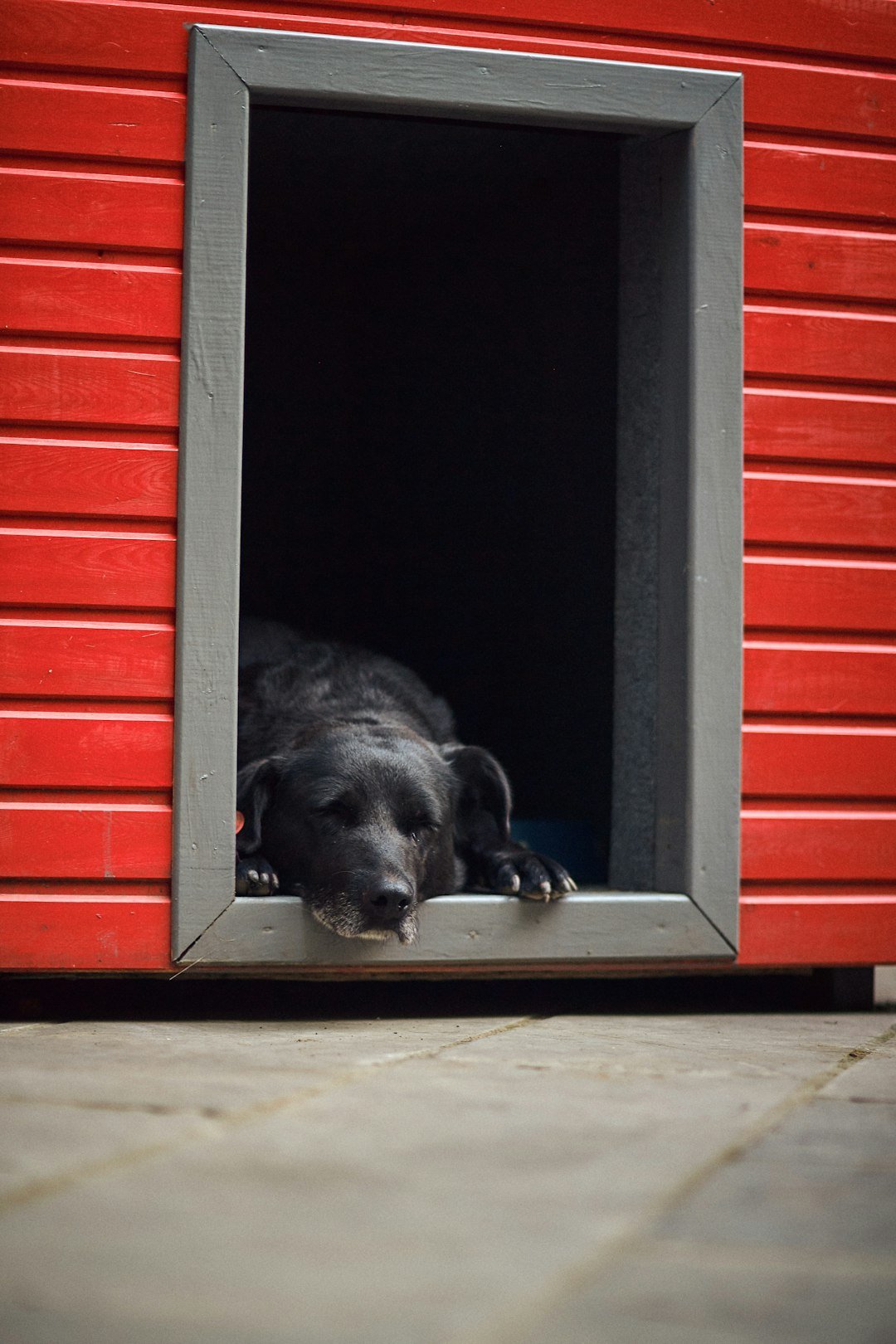
What if the fastest way to calm a kennel isn’t training, but smell, touch, and choice? Walk into any shelter and you’ll see animals reading the world through their noses and whiskers long before they respond to a human voice. Those micro-moments – sniffing a towel, kneading a blanket, batting a toy – are the first cracks in the armor of fear.
Pay attention and the pattern pops: when animals can investigate safe scents, settle on comfortable textures, and engage in play on their terms, stress behaviors tend to ease. The kennel grows quieter, the eyes soften, and curiosity replaces alarm. It’s not magic; it’s biology tuned to enrichment that actually fits how dogs and cats experience life.
The Science of Smell
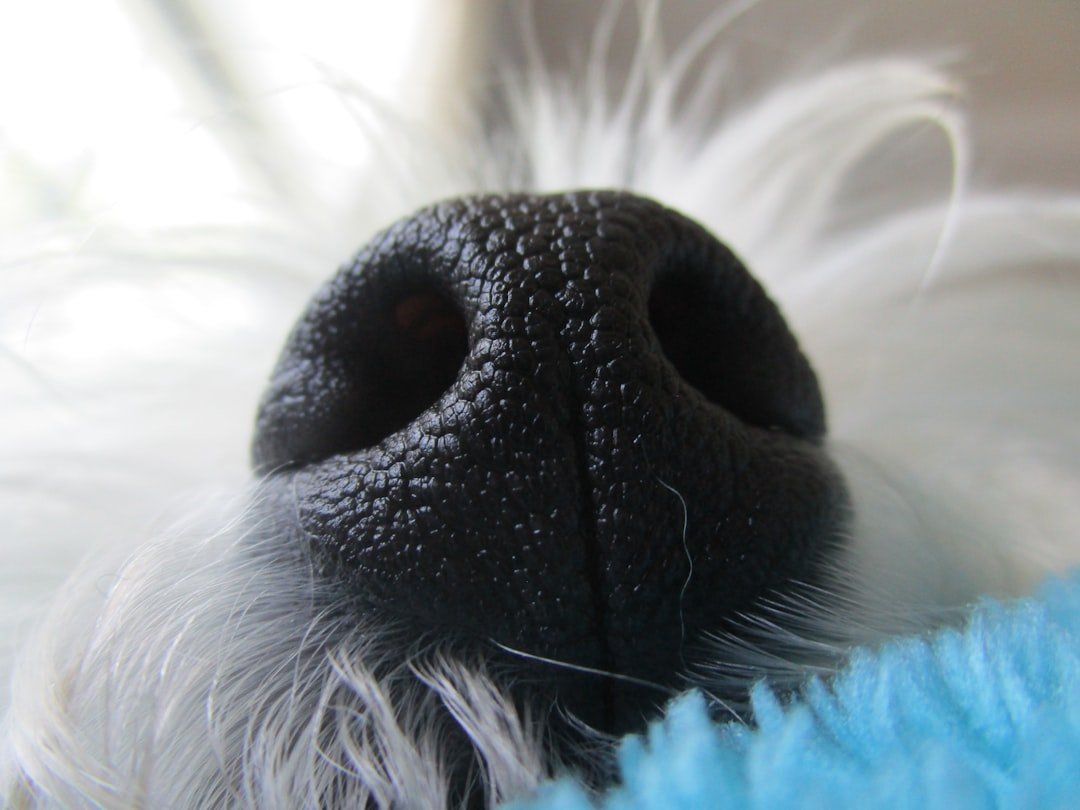
Dogs carry a sensory superpower in their noses, and cats are not far behind in their own mysterious way. Olfactory enrichment taps into that faculty with gentle, rotating scents – think herbs, safe essential oil dilutions, or species-specific pheromone products used thoughtfully. The goal is not to blast the room with perfume, but to offer a few well-chosen cues that say this place is safe and interesting.
Research has linked targeted scent exposure to calmer behavior, less vocalizing, and easier handling in shelter settings. Short, periodic scent stations – on a cloth, in a perforated jar, or along a scent trail – invite animals to investigate without overwhelm. Variety matters, as does downtime, because noses fatigue and novelty drives the effect. Done right, smell becomes a conversation, not a command.
Texture as a Language
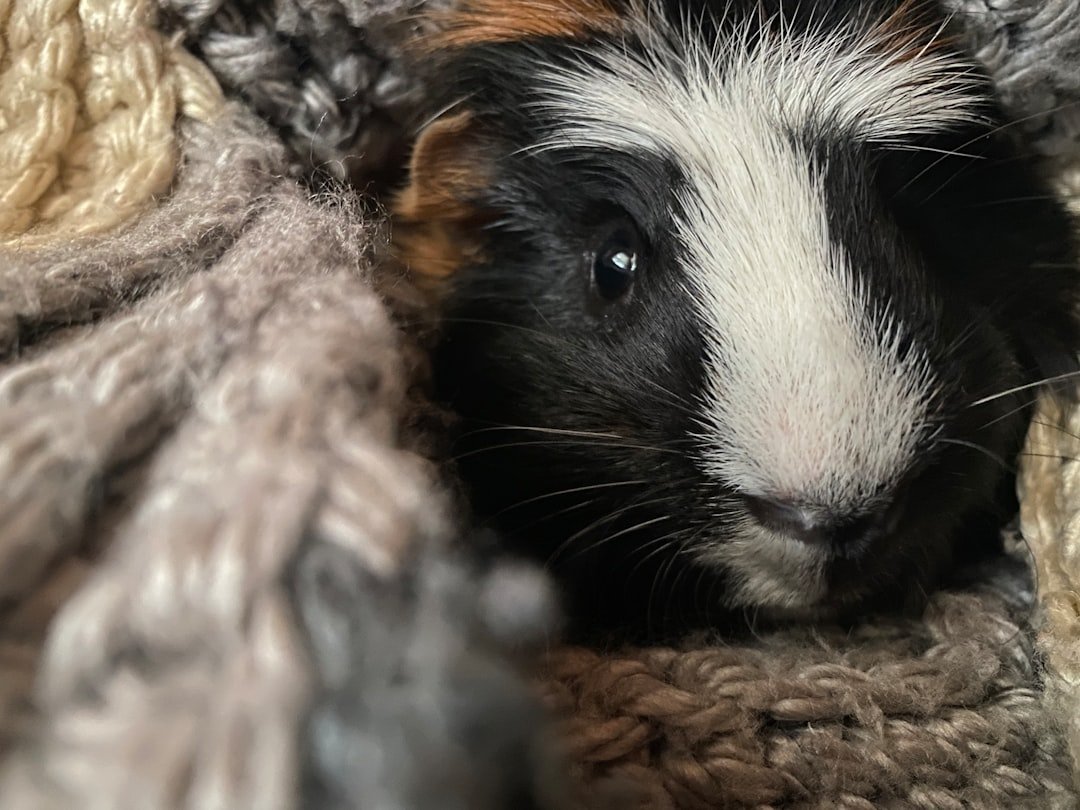
Texture speaks in pressure, warmth, and grip, telling paws and whiskers where to rest and how to move. Kennel floors are often hard and loud, which amplifies stress, so even simple additions – fleece layers, rubber mats, cardboard scratchers – change the story animals hear from their bodies. A soft surface can lower the stakes of lying down, while a textured mat can invite a cautious cat to step forward.
Choice is the secret multiplier. Offer a cozy den spot plus a cooler, firmer perch, and many animals will self-regulate between them. Cats knead, dogs “nest,” and both species settle faster when their bodies get the signal that the ground is trustworthy. Texture is not décor; it’s a physiological cue that safety lives here.
The Power of Play
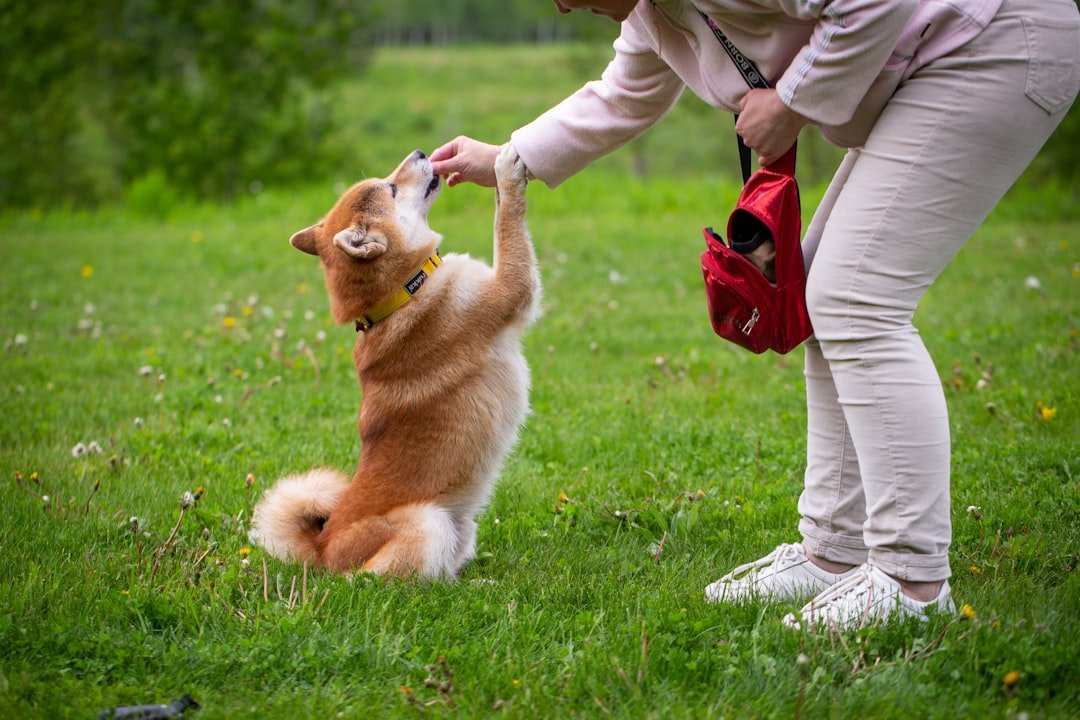
Play is not a luxury add-on; it is the rehearsal space for coping and learning. For dogs, that might look like short sniff-and-search games, gentle tug with clear rules, or a flirt pole session that ends before overstimulation. For cats, it’s often a wand toy hunt, paper-bag ambush, or food puzzle that rewards stealth and pounce.
Micro-sessions – two to five minutes – fit busy shelter schedules and leave animals wanting more rather than spinning out. The trick is to end on success and give a quiet place to recover afterward. Over time, play builds confidence like compound interest, turning timid steps into whole-body engagement. The best play sessions feel like doorway moments: just enough challenge, never too much.
Stress, Cortisol, and Body Clocks
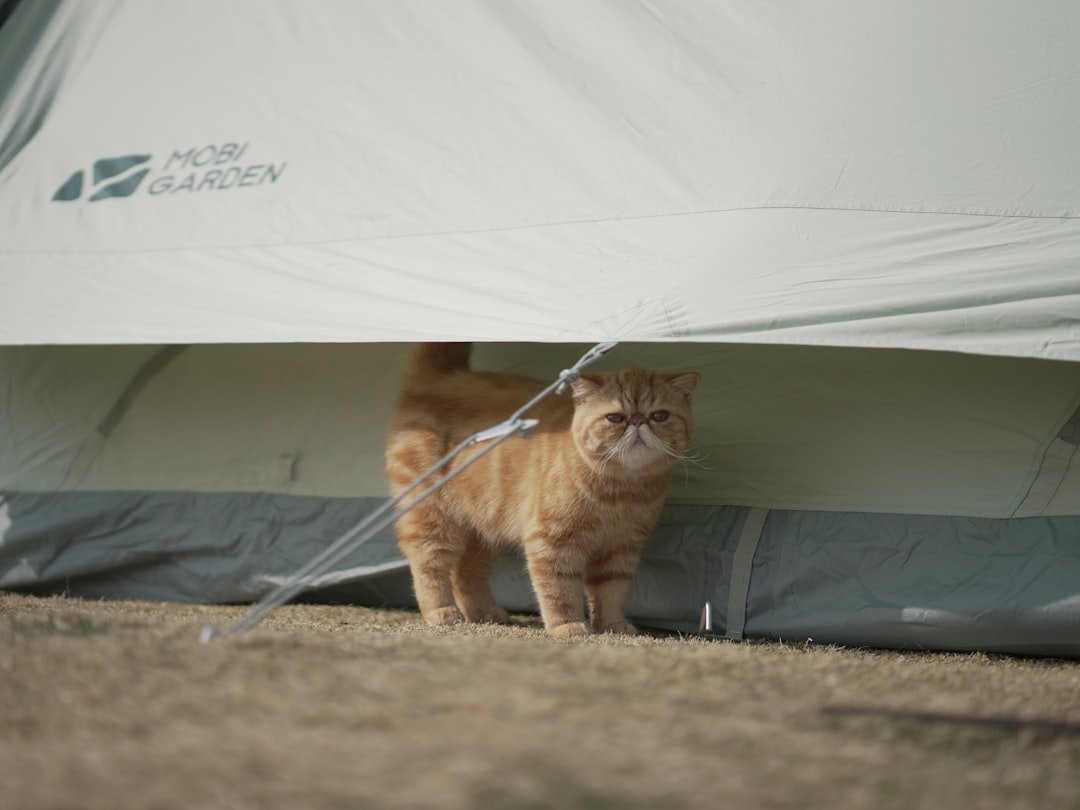
Shelter stress shows up on the surface as pacing, hiding, or barking, and under the skin as hormonal changes and frayed sleep cycles. Cortisol gets a lot of attention because it is linked to the body’s stress response, but heart rate variability, resting posture, and sleep quality are equally telling. Enrichment that respects scent, texture, and play nudges these measures in the right direction.
Timing makes a difference. Calmer morning routines, midday nosework, and evening rest zones can sync better with natural rhythms than constant stimulation. Predictability lowers the background noise of worry, while short bursts of novelty sharpen attention in a healthy way. Think of it as tuning a radio until the static fades and the melody returns.
Designing Shelters for the Senses
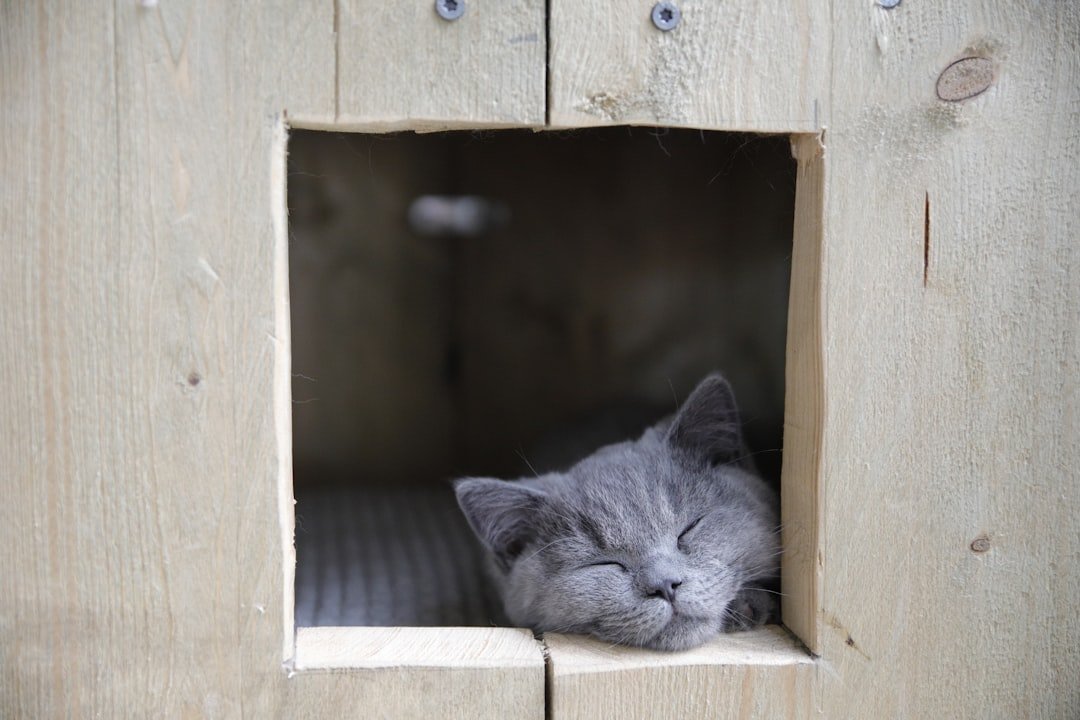
Sensory-savvy shelter design doesn’t require a rebuild; it starts with zoning and flow. Quiet corridors, visual barriers between kennels, and materials that soften echoes protect fragile nerves. Add scent stations at intersections, textured resting spots in every kennel, and small, labeled enrichment kits that staff can rotate on a schedule.
Simple checklists help: new scent on Monday, fresh texture layer on Wednesday, puzzle play on Friday, with rest days in between. The building becomes a living organism that breathes animals in and settles them, rather than jolting them from stimulus to stimulus. When the space supports the senses, training and adoption counseling have a fighting chance to shine. The result feels different the moment you walk in.
Lessons from Working Dogs and Wildcats

Nosework classes found in the pet world translate beautifully to kennels because they channel energy into purposeful searching. Short scent trails laid with treats or safe oils let dogs “win” repeatedly, building resilience before they practice calm in place. Cats benefit from the same principle through staged hunts and hiding spots that make stalking successful and safe.
Zoos and sanctuaries have long used scent and texture rotations for big cats and canids, swapping boxes, logs, and substrate to keep environments mentally alive. Shelters can borrow that playbook at small scale with paper, cardboard, and washable fabrics. The lesson is consistent: rotate, rest, and reintroduce. Predictable novelty beats random chaos every time.
From Ancient Tools to Modern Science
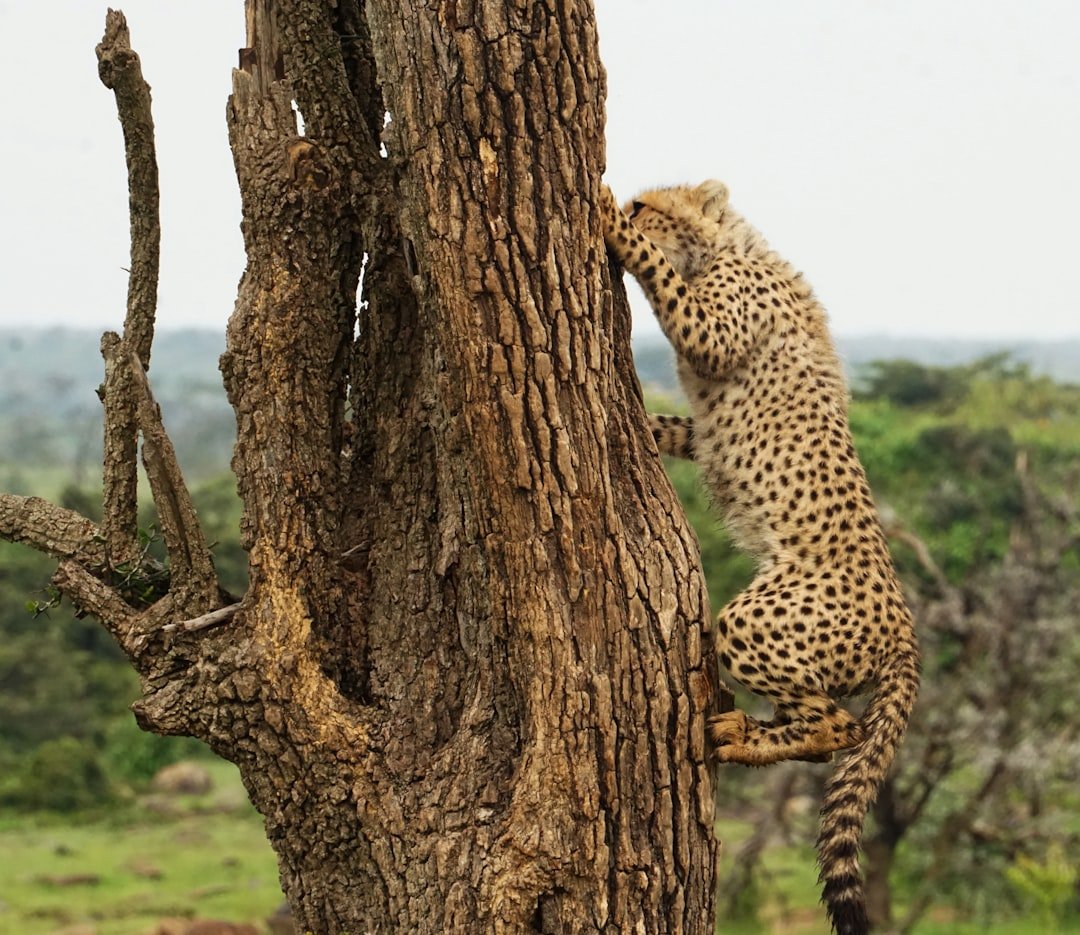
Humans have partnered with animals through scent trails, textured bedding, and play rituals since long before we wrote manuals about it. What’s new is the precision: structured sniffing tasks, standardized texture kits, and behavior tracking that reveals patterns we used to miss. Even low-cost sensors and simple logs can map which enrichments reduce vocalizing or help a shy cat approach the front of the kennel.
This convergence of old instincts and new methods lets shelters act faster and smarter. Instead of guessing, staff can rotate a small set of proven tools and record outcomes across days, not months. The animals teach the plan by how they rest, eat, and explore. Science in this context looks like kindness with a clipboard.
Why It Matters
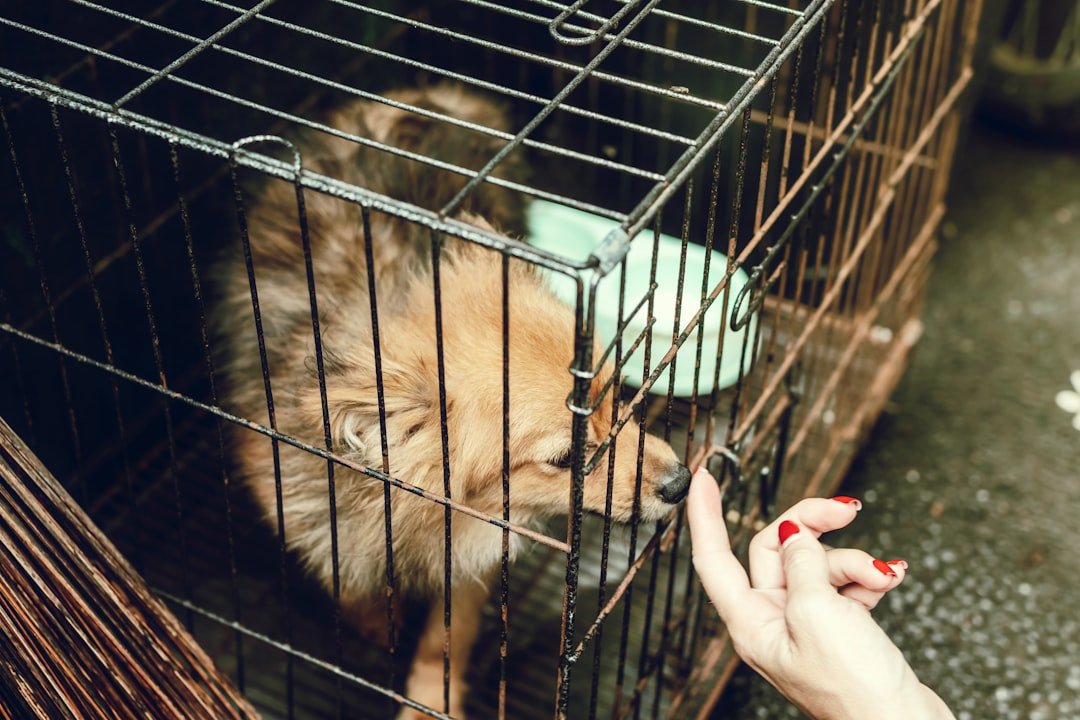
For years, many shelters focused on throughput – clean, feed, walk, repeat – because survival demanded it. Sensory enrichment reframes success from sheer volume to quality of experience, which in turn shapes adoptability and welfare. Animals who sleep better, vocalize less, and show curiosity meet adopters as themselves rather than as a bundle of nerves.
Compare two kennels: one sterile and loud, the other textured, scented, and punctuated by brief, satisfying play. The second tends to produce calmer meet-and-greets and smoother handling for medical care. Staff morale rises when animals cope better, because progress is visible and repeatable. Welfare isn’t a “nice to have”; it’s the engine that moves everyone forward.
Global Perspectives
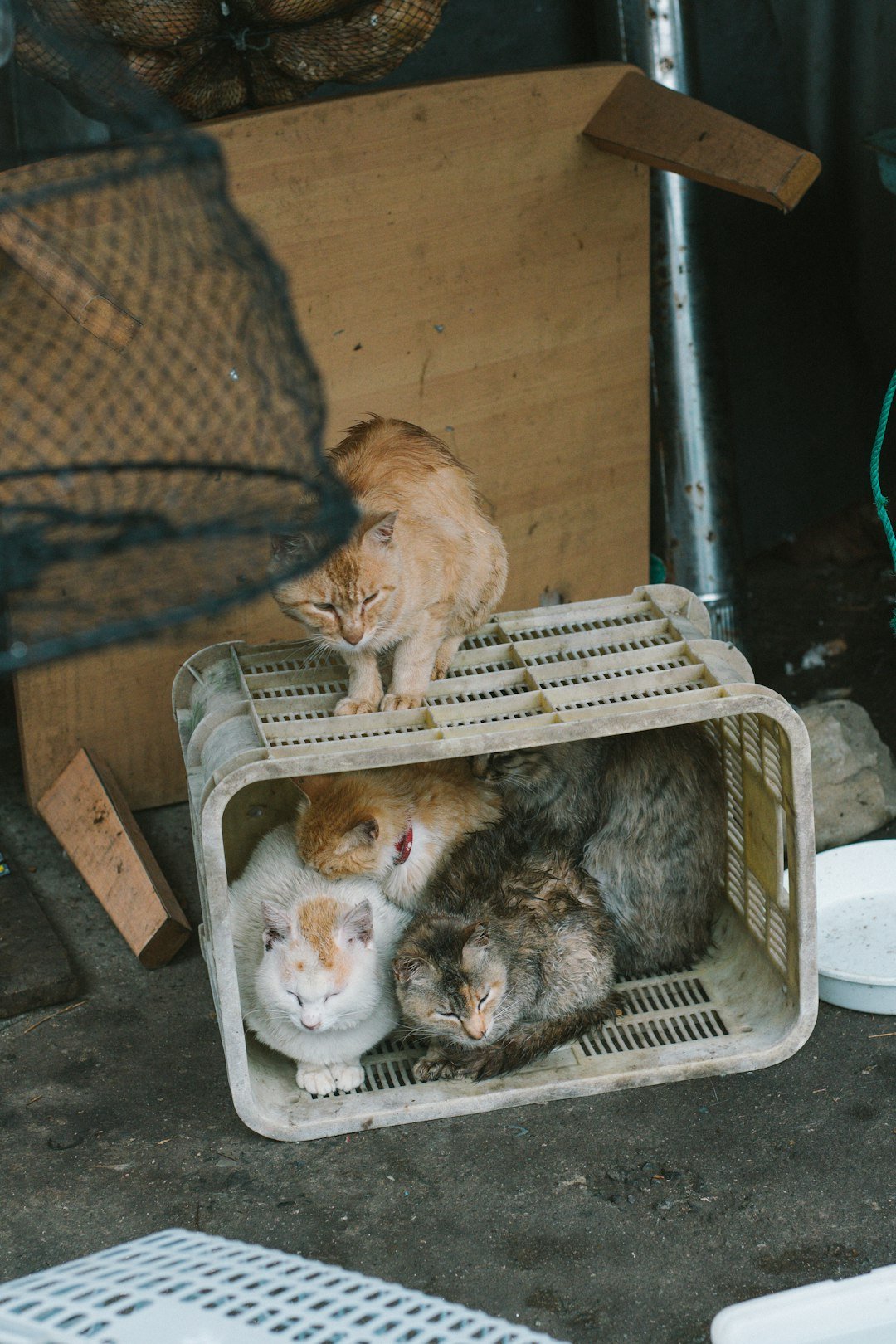
Sensory-first strategies scale across regions because they rely on materials most communities already have. In warm climates, cooling mats and shaded scent trails help animals regulate, while colder regions lean on layered fleece and insulated dens. Rural shelters might recruit garden herbs and cardboard; urban shelters might rely on washable fabrics and compact puzzle feeders.
Cultural context matters, too. Communities with strong volunteer bases can schedule daily micro-sessions, while understaffed shelters benefit from simple, durable setups that work even on the busiest days. The common thread is respect for species needs paired with local ingenuity. When the approach is flexible, welfare gains don’t depend on a grant cycle.
The Future Landscape
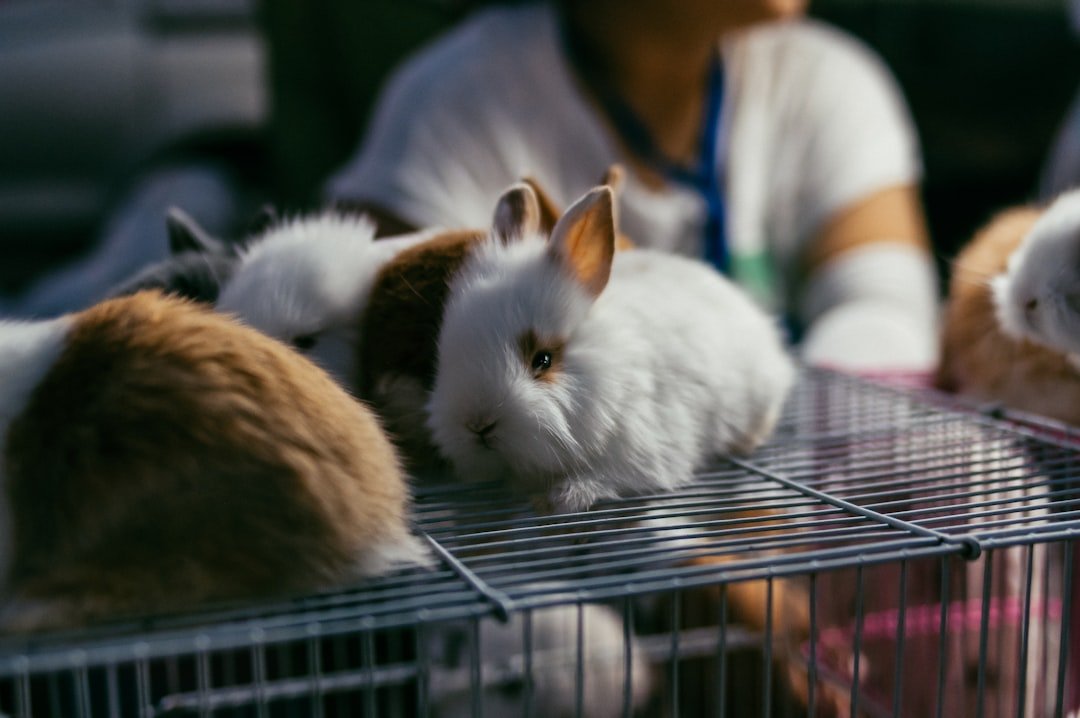
Emerging tools are making the invisible visible: quiet sensors that flag rising noise levels, small wearables that track rest and movement, and camera systems that measure posture without intruding. The promise isn’t gadgetry for its own sake, but faster feedback that tells staff which scent, texture, or play plan is working this week. That means fewer dead ends and more tailored care.
There are challenges, from data privacy in public spaces to ensuring tech supports, not replaces, human observation. Equity is the other frontier, because every innovation must translate into low-cost, low-effort versions that any shelter can run. The north star stays the same: environments that help animals feel safe enough to show who they are. When that happens, adoptions are not a leap of faith; they’re a clear next step.
Conclusion: How You Can Make a Difference

You don’t need a lab to change a life; you can start with a tote bag and a plan. Assemble a scent kit with safe herbs and cotton squares, a texture kit with fleece and a rubber mat, and a play kit with a wand toy or food puzzle. Offer to help your local shelter rotate these on a simple schedule, and log what you see so the next volunteer can build on it.
If you have time, foster an animal that needs a quieter trial run, or sponsor a kennel upgrade that softens sound and adds choice. Share what works across shelters so knowledge moves faster than stress does. In a world that often talks loudly about rescue, the quiet revolutions happen through noses, paws, and small wins repeated. What’s the first kit you’ll pack this week?

Suhail Ahmed is a passionate digital professional and nature enthusiast with over 8 years of experience in content strategy, SEO, web development, and digital operations. Alongside his freelance journey, Suhail actively contributes to nature and wildlife platforms like Discover Wildlife, where he channels his curiosity for the planet into engaging, educational storytelling.
With a strong background in managing digital ecosystems — from ecommerce stores and WordPress websites to social media and automation — Suhail merges technical precision with creative insight. His content reflects a rare balance: SEO-friendly yet deeply human, data-informed yet emotionally resonant.
Driven by a love for discovery and storytelling, Suhail believes in using digital platforms to amplify causes that matter — especially those protecting Earth’s biodiversity and inspiring sustainable living. Whether he’s managing online projects or crafting wildlife content, his goal remains the same: to inform, inspire, and leave a positive digital footprint.




